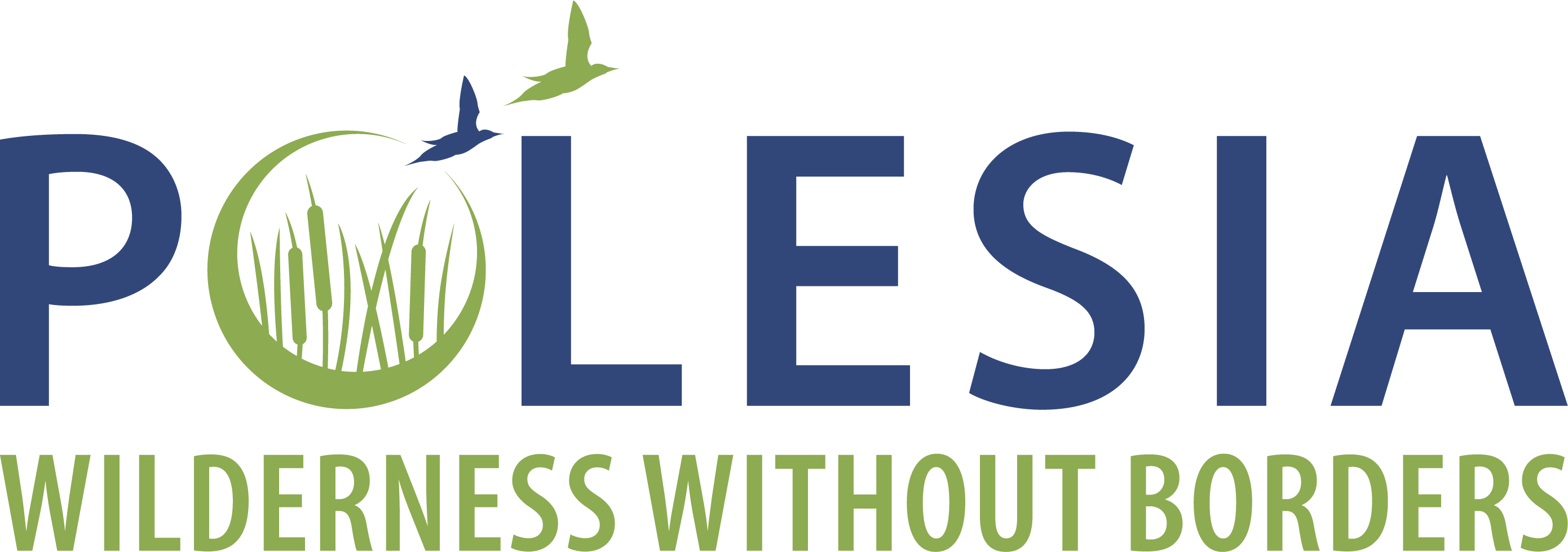Rivnenskyi
Strict Nature Reserve
Country: Ukraine
Area: 42,291.5 ha
National protection status: Strict Nature Reserve
International protection status: Ramsar site (UA 2274) - Syra Pogonia Bog (12,718.00 ha); Ramsar site (UA 1402) - Perebrody Peatlands (10,852.00 ha); Ramsar site (UA 2275) - Somyne Swamps (9,926 ha); Ramsar site (UA 2281) - Byle Lake and Koza Berezyna Mire (8,036.50 ha); IBA (UA008) - Syra Pogonya mire (12,718 ha); Emerald Network UA0000023 - Rivnenskyi Nature Reserve (42,924 ha).
The area consists of five Ramsar sites: Perebrody Peatlands (UA1402), Syra Pohonia Bog (UA2274), Somyne Swamps (UA2275), Bile Lake and Koza Berezyna Mire (UA2281). Four of these represent fragments of one of Europe’s largest transboundary forest and mire complexes, the Almany/Olmany Mires. The fifth, westernmost site is a fragment of a large forest and mire complex located in the interfluve of the Stokhid and the Horyn rivers.
Forests and bogs dominate here. The main areas are occupied by coniferous pine forests. In many areas birch is present in significant numbers. The Lyublinka and the Berezina Rivers with numerous tributaries flow through the reserve. There are many lakes of wetland and karst origin in its territory. The lakes are surrounded by forests and bogs, which form a single hydrological unit.
5
Ramsar sites
20
habitats included
in Resolution #4 of the Standing Commission to the Bern Convention
1830
fauna species
Land cover

Forests

Mires

Others
Biodiversity and natural values

Biotopes
The area is peculiar for the diversity and richness of biotopes of waterbodies, mires and forests. Over 20 natural habitats from the Resolution No 4 of the Standing Committee to the Bern Convention have been identified here, with the reserve being highly important for conservation of more than a half of them, namely, Permanent oligotrophic lakes, ponds and pools (3140), Submerged carpets of stoneworts in mesotrophic waterbodies (3140), Transition mires and quaking bogs (7140), Beds of large sedges normally without free-standing water, Sphagnum birch woods (91D0), Nemoral bog conifer woodland (91D0), Acidophilous oak-dominated woodland (9190), Raised bog complexes (7110) etc.



Biodiversity
575 species of higher plants occur in the reserve, including 563 species of vascular plants and 12 species of mosses.
The fauna of the reserve comprises 1830 species of animals, including 1639 species of invertebrates and 191 species of vertebrates. The territory is of great importance for a number of flora and fauna species. Over 60 species are included into Resolution No 6 of the Standing Committee to the Bern Convention, 51 floral species and 73 faunal species are listed in the Red Data Book of Ukraine.
Common for the area are the Lynx (Lynx lynx), the Otter (Lutra lutra), the Wolf (Canis lupus). Rare species registered here include the Barbastela (Barbastella barbastellus), the European mink (Mustela lutreola) as well as insects: the Cucujus cinnaberinus, Boros schneideri, the Great Capricorn Beetle (Cerambyx cerdo), the Danube Clouded Yellow (Colias myrmidone), the Scarce Fritillary (Hypodryas maturna), etc.

Birds
The area is of great importance for nesting of the globally threatened bird species: the Aquatic Warbler (Acrocephalus paludicola), the Great Snipe (Gallinago media), the Greater Spotted Eagle (Aquila clanga). In addition, the area is an important habitat for the Hazel Grouse (Bonasa bonasia),the Short-toed Eagle (Circaetus gallicus), the Montagu’s Harrier (Circus pygargus),the European Roller (Coracias garrulous), the White-backed Woodpecker (Dendrocopos leucotos), the Hen Harrier (Circus cyaneus), the Black Woodpecker (Dryocopus martius), the Collared Flycatcher (Ficedula albicollis), the Crane (Grus grus),the Little Bittern (Ixobrychus minutus), the Woodlark (Lullula arborea), the Three-toed Woodpecker (Picoides tridactylus), the Gray-headed Woodpecker (Picus canus), the Little crake (Porzana parva), the Spotted Crake (Porzana porzana), the Capercaillie (Tetrao urogallus).

The most important impacts and threats

Construction of drainage systems

Illegal amber mining

Wildfires
Conservation measures
The entire area is protected as a strict nature reserve, with a total ban on economic activity. A detailed inventory of conservation values is required. Most of the boundaries of the reserve have been drawn without taking into account the natural contours of the mires. It is therefore necessary to adjust the boundaries according to the natural contours of the mires. Systematic monitoring of conservation values, development of a management or conservation plan are desirable.
Our activities in the area
Field surveys (on plants, insects, fish, reptiles, amphibians, birds, mammals including bats) within proposed expanding areas were conducted. Сameratraps were installed to study current distribution and abundance of big mammals in the project region.
Management plan was developed for the protected area. The feasibility study for restoration of Syra Pohonia and Somyne Mires located in Rivnenskyi Strict NR have been developed.
Equipment, like GPS, office equipment, weather stations, etc. was purchased for the SNR.
Since the beginning of the war, funds were raised for the support of Polesian PAs that have been directly affected by the war or need support in accommodation of Internally Displaced People. Rivnenskyi SNR was receiving regular financial support for covering expenditures like fuel, vehicle spares and maintenance, building maintenance, services (rent, telecommunications, etc.) and office supplies.




